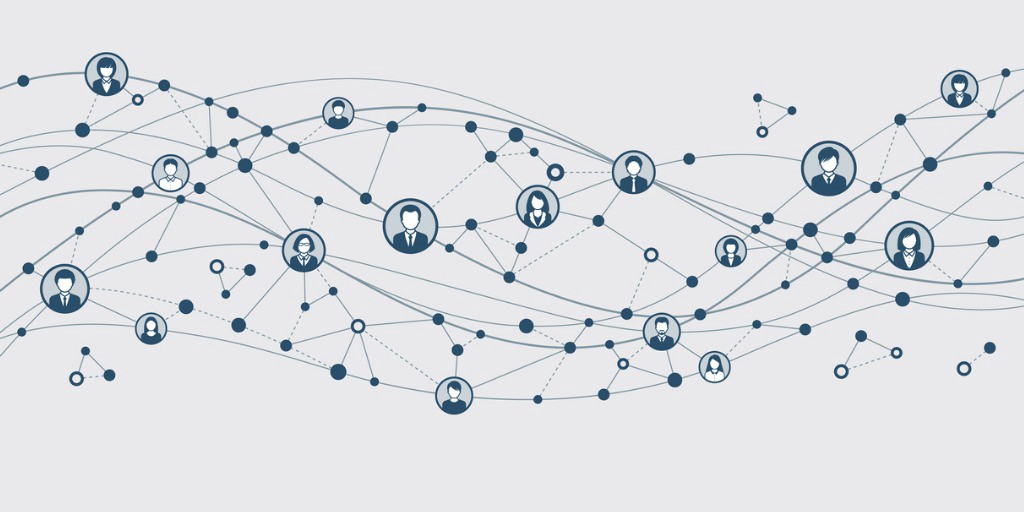For all the tech people out there who are new to the term “Graph database” and have no clue that Graph databases are taking over. A brief explanation would be, Graph databases make the schema of the database available for frontend usage. What this means is that no need to specifically write new APIs for client-side needs. Just set up the playground and expose your DB schema to the client-side.
The client-side will look at this schema and depending on what data is needed on the page. The clientside developer can figure out if the schema allows it to be fetched and simply write a query for this need. Hence things are simpler and more dynamic as compared to the traditional databases, where for each new data representation need on the client-side, a new API had to be written on the server-side.
This is one of the main reasons why graph databases are taking over so quickly. And slowly yet surely the traditional databases might fade away. As the number of web developers is increasing worldwide each year. People are seen to opt-in for more convenient ways which are scalable in the coming future, keeping in mind newer and better ways to get things done are preferred. And the Graph databases are just that!
Reasons to switch to Graph databases
- Open schema, easier to see data
- No need to design seperate APIs for small stuff
- Faster workflow, as schema is same for both frontend and backend teams
- Easier relations – no need to for elaborate ERDs, everything is visible in playgrounds
Best Graph Databases out there
Below are some of the most used graph databases in the industry as of 2021.
- Cassandra.
- Amazon Neptune.
- Dgraph.
- ArangoDB.
- OrientDB.
- FlockDB.
- DataStax.
These are just some of the most used Graph databases, there are more than can be listed but you cannot go wrong with these.
Can traditional DB be converted to Graph?
The brief answer would be yes. Most projects switch to Graph from relational databases when the relations become too complex. The data sets with all their properties can be used in setting up graphs. The graph schema can actually be built upon predefined data sets and once that is done you are practically more than halfway done setting up the graph database. Some services such as GrapQL provide a very nice layer for this, as you can set up the playground with all the schemas for the whole DB and the collections/tables inside. Here you can also migrate your existing database and convert it into Graph using GraphQL itself or any third-party service.
Conclusion – Graph databases are taking over
The proposal of the Graph approach was a milestone achieved in the traditional database architecture history. Ever since then it has only been moving upwards and is now being seen in action through the world. Even in enterprise-level companies such as Facebook, Google, etc, it is being widely used. This is enough to encourage a new generation of developers to opt for Graph databases instead of traditional ones.

